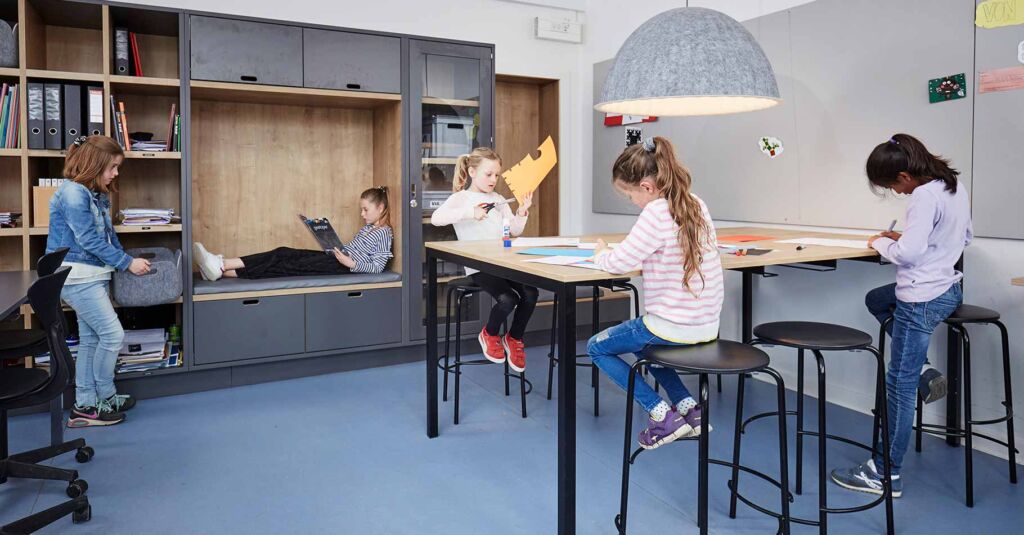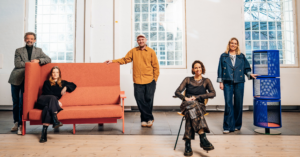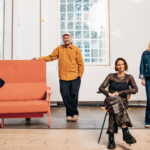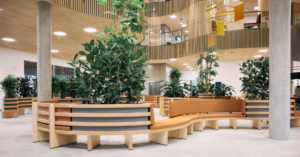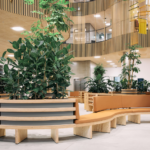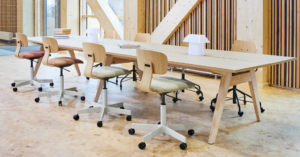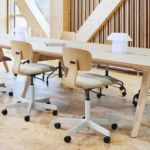The “flexible classroom” has been a buzzword for a while within the school design and development field. We don’t want to be limited by the interior design of a room and that is why flexibility becomes enticing. Have you considered making your students the element of flexibility in the interior design of the classroom? Get inspired by Åby School, where they have done just that.
We have previously written about how to succeed with the mobile classroom, where you change the table settings based on which activity you are carrying out. Wheels on the table and lightweight, stackable chairs provide the flexibility to easily change the layout of the classroom and adapt it to the teaching situation.
Another approach to the interior design of classrooms is to let students move around based on which activities they are doing.
This is done in the 7th grade at Åby School.
In the classroom, students have the opportunity for five different types of places:
- A concentration place by the window
- A collaboration space at the group tables
- A seat on a stool at a high table
- On the floor with mats
- A soft seating area in a nook
When students receive their assignment, they can choose themselves what type of place they need to solve their tasks. The students thereby become the flexible element in the design of the classroom since they move around the furniture.
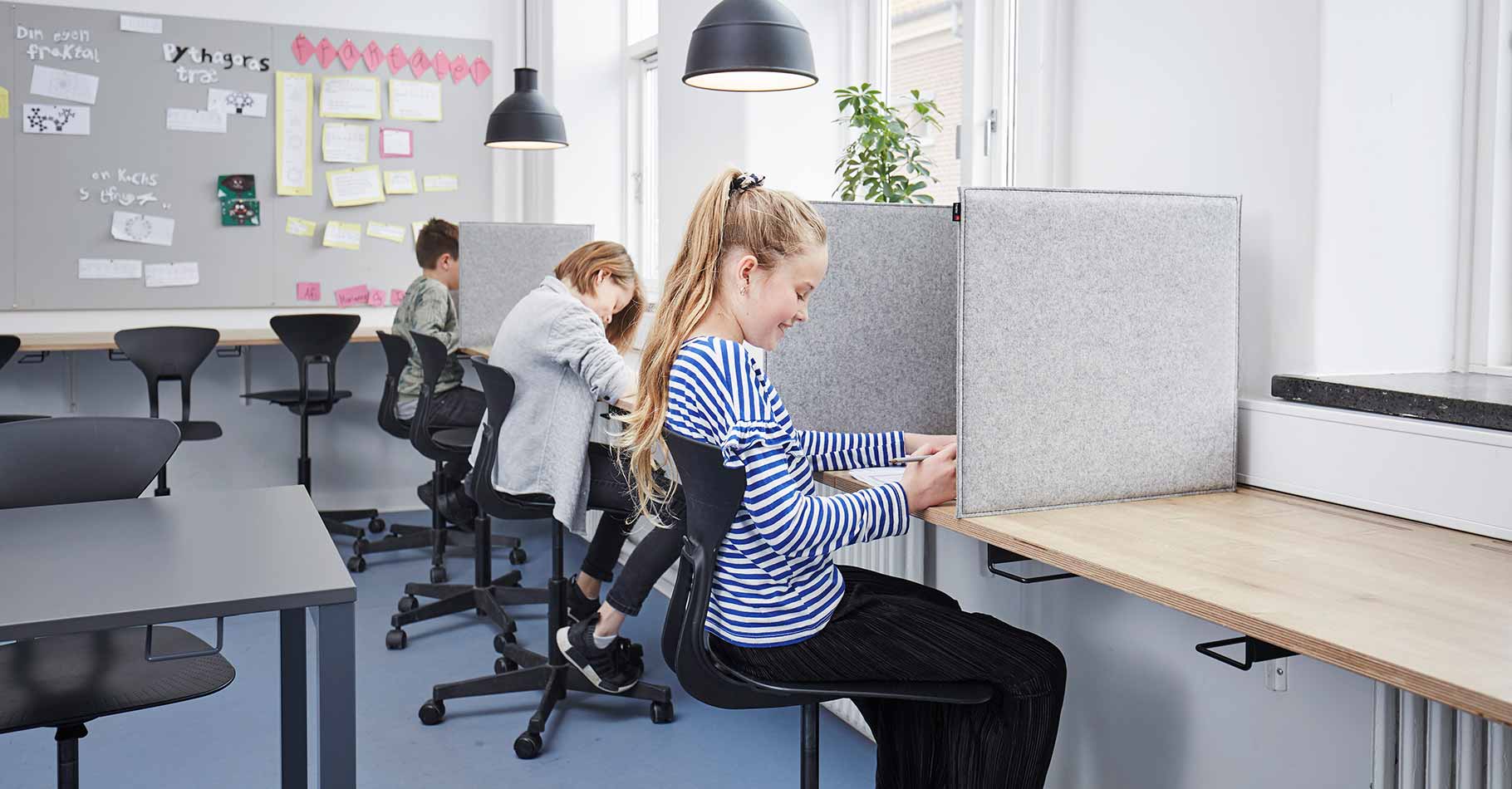
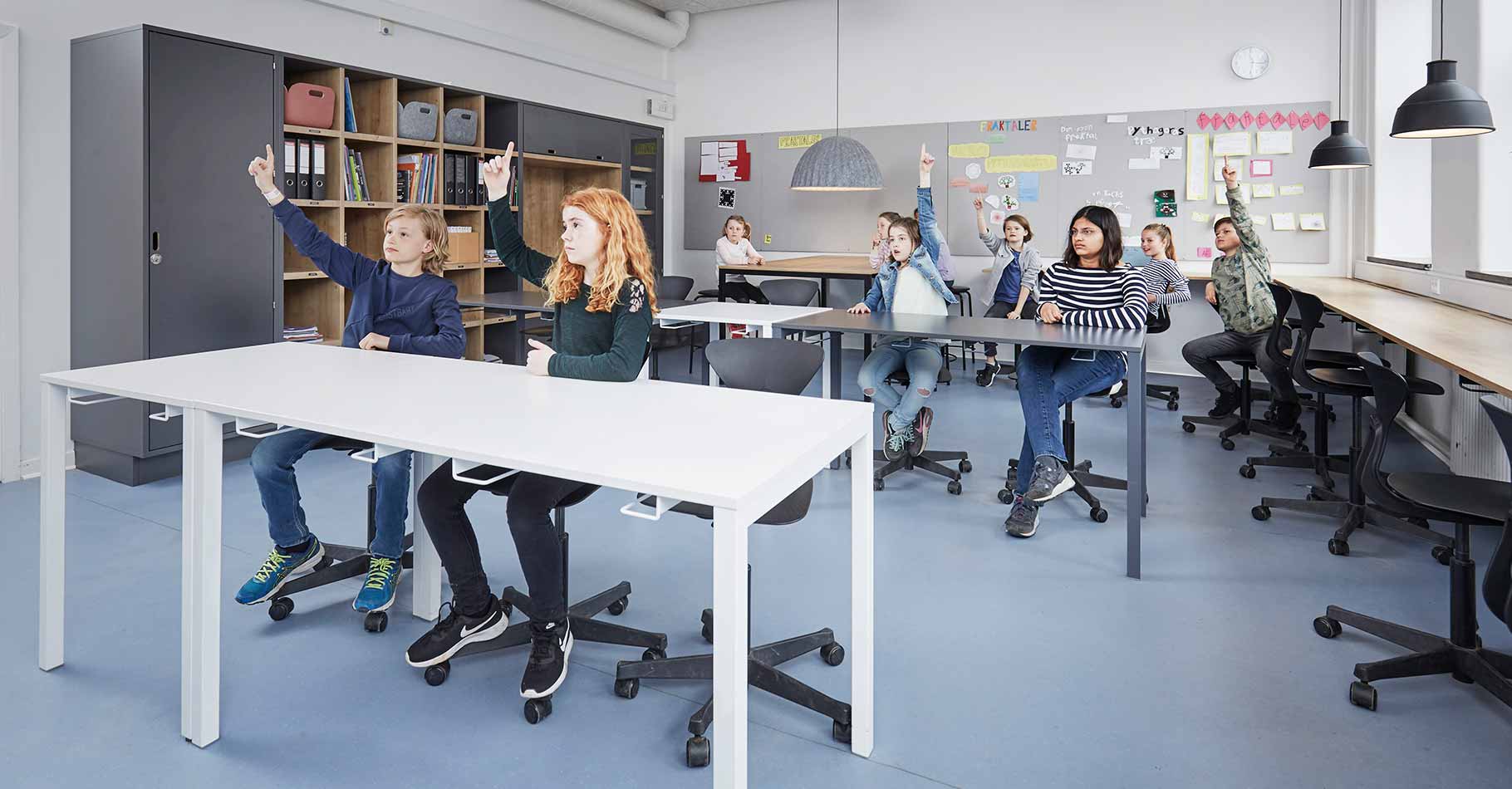
Advantages of students as the flexible element
Der er en lang række fordele ved denne indretning:
- You teach students to choose a fitting work environment for specific tasks
- You give students the opportunity to co-determine how teaching unfolds
- You avoid the feeling of interior design chaos because the furniture has fixed placement
- You have many functions/work zones gathered in one room and thereby have great frames for several types of activities
Rethink the classroom
Åby School have dared to rethink the classroom. They have eliminated rows of tables, the horseshoe formation, and groups of four. They have found a form of interior design that supports the teaching they believe in. It is the most important guideline when we decorate classrooms – what happens in the room and how the furniture best supports this.

